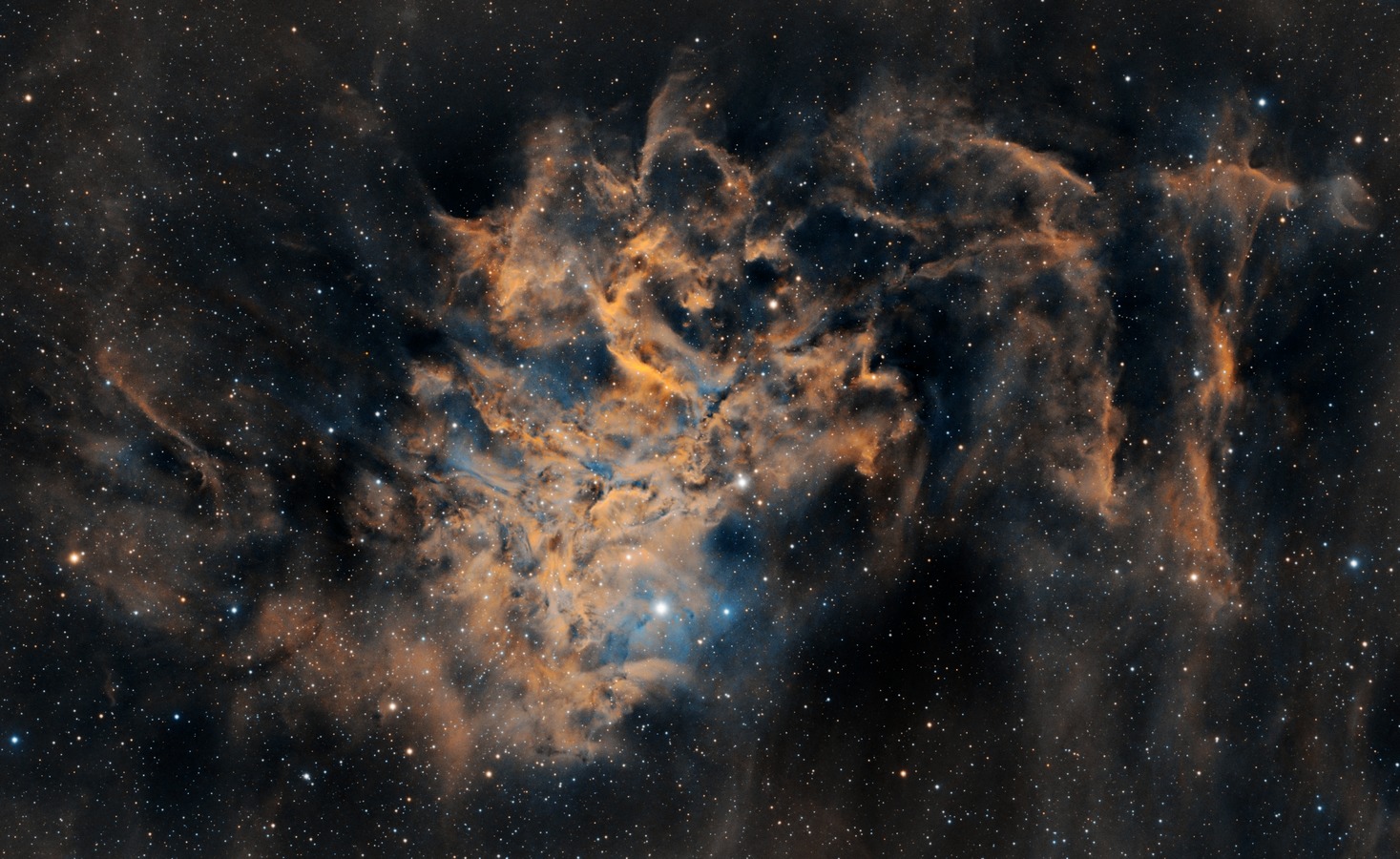AZ Maverick
Well-Known Member
I got four days of imaging in without clouds or Moon!
I imaged IC405 (The Flaming Star Nebula) in narrowband SHO.
IC405 is both an emission and a reflection nebula and is located about 1500 light years from Earth.
I used my ED127-FCD100 telescope with a .7 focal reducer at a 666mm focal length at f/5.25.
I did 7.75 exposure hours on the Hydrogen Alpha filter, 10.1 hours on the Sulphur 2 filter, and 11.9 hours on the Oxygen 3 filter - exposures were all 5 minutes each.


I imaged IC405 (The Flaming Star Nebula) in narrowband SHO.
IC405 is both an emission and a reflection nebula and is located about 1500 light years from Earth.
I used my ED127-FCD100 telescope with a .7 focal reducer at a 666mm focal length at f/5.25.
I did 7.75 exposure hours on the Hydrogen Alpha filter, 10.1 hours on the Sulphur 2 filter, and 11.9 hours on the Oxygen 3 filter - exposures were all 5 minutes each.


Last edited:


![Craft A Brew - Safale BE-256 Yeast - Fermentis - Belgian Ale Dry Yeast - For Belgian & Strong Ales - Ingredients for Home Brewing - Beer Making Supplies - [3 Pack]](https://m.media-amazon.com/images/I/51bcKEwQmWL._SL500_.jpg)





























































